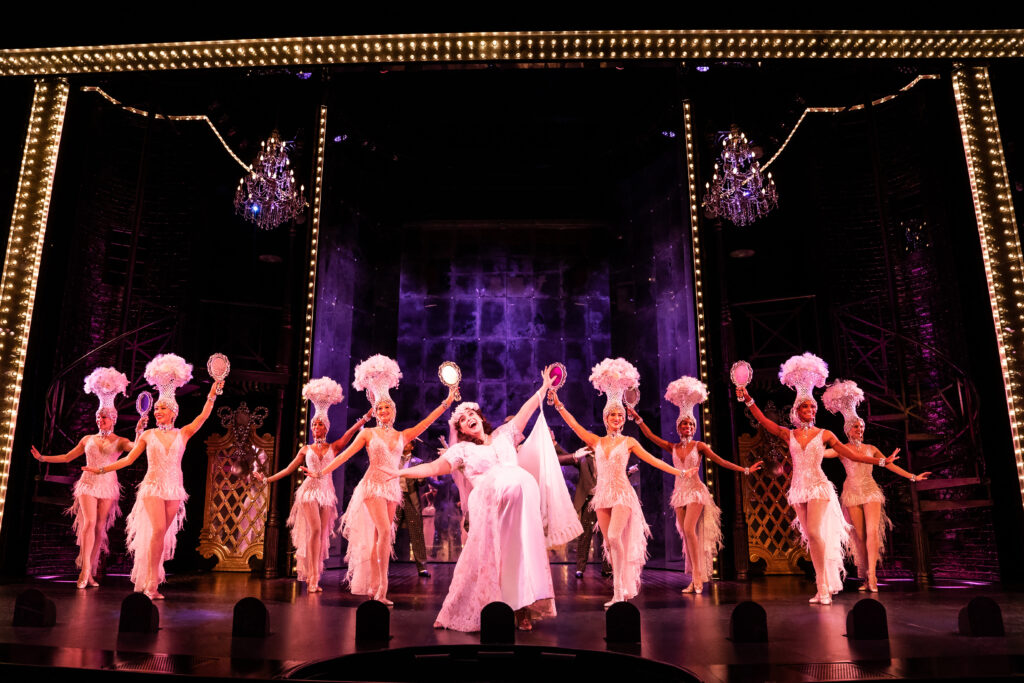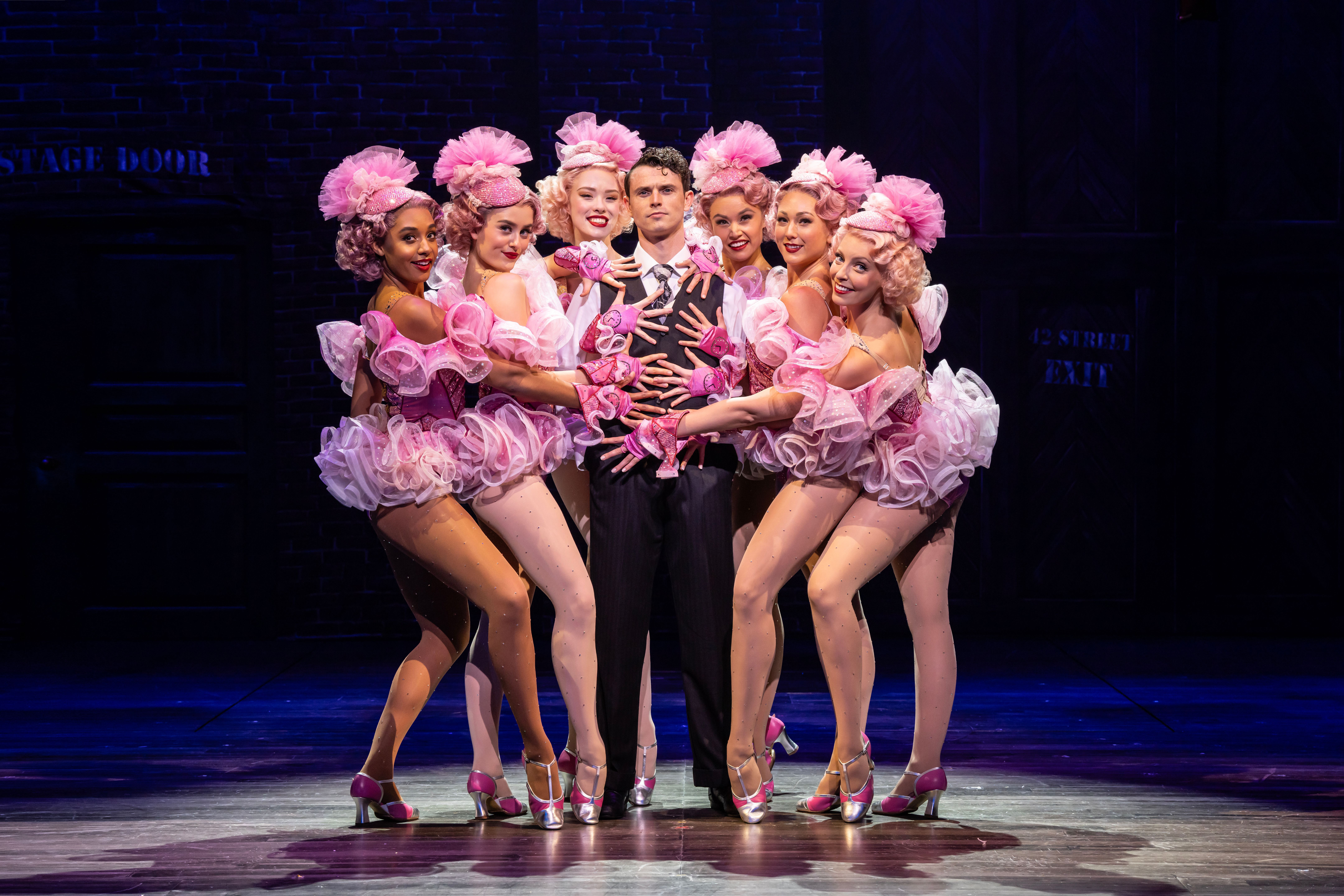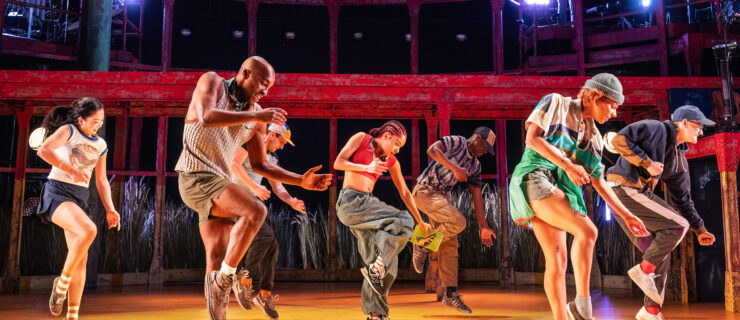What Does “Broadway Choreography” Mean Today?
Sign up for a musical theater dance class and you’ll likely see a familiar mix of isolations and high kicks, shoulder rolls and chassés. But that might not prepare you for the actual dancing showing up on today’s Broadway stages, which no longer fits into any neat Michael Bennett–or Jack Cole–inspired boxes.
Broadway choreography has long been an amalgam of different social dances and forms like jazz, tap, and ballet. But today’s shows are increasingly using movement makers from genres outside the musical theater world altogether, like experimental dance (David Neumann, Annie-B Parson, Raja Feather Kelly), commercial dance (Sonya Tayeh, JaQuel Knight, Keone and Mari Madrid), modern dance (Camille A. Brown), and physical theater (Steven Hoggett).
“There’s a whole cadre now of choreographers who never were in a Broadway show, who never danced in A Chorus Line,” says veteran Broadway journalist Sylviane Gold. “And they’re bringing something different.”
Traditionally, musical theater dance had “artistic aspirations but with popular appeal,” says Appalachian State University professor Ray Miller, author of Dance on the American Musical Theatre Stage. Broadway is, after all, a for-profit business. While today’s musical theater choreographers still face pressure to sell tickets, those coming to Broadway from other traditions are sometimes less oriented toward popularity. And that can lead to more risk-taking.
For instance, when Neumann choreographed Hadestown, he brought the narrative to life by leaning into abstraction and subtlety, creating simple movements—like loose, rhythmic walking—that had a magnetic pull. “I don’t want to dictate the audience’s entire experience,” Neumann says. “I want them to lean in and become curious.”
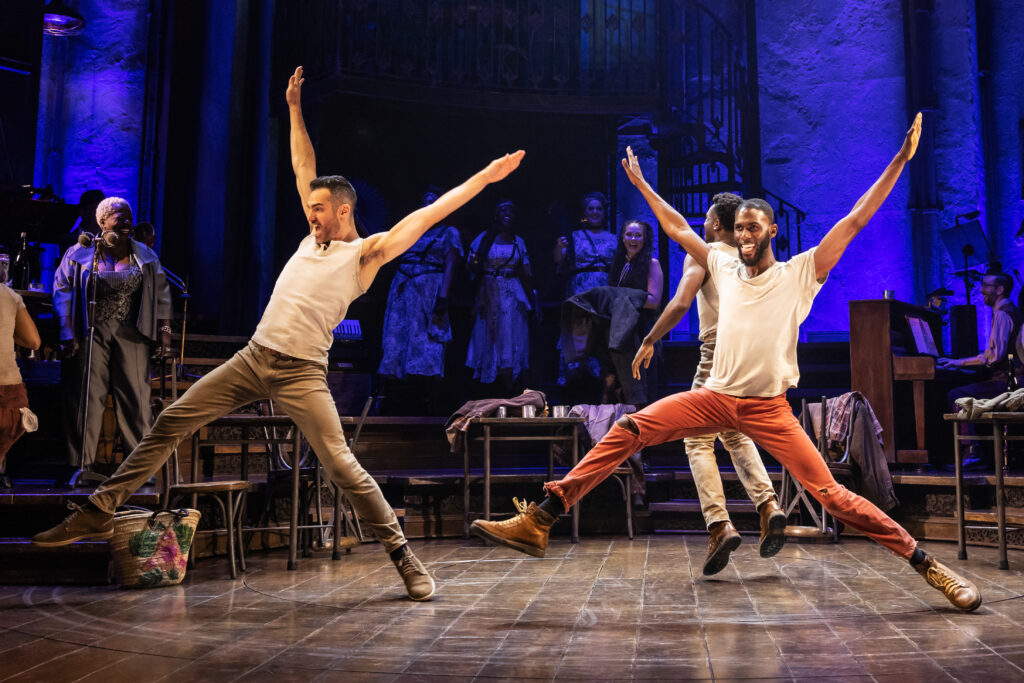
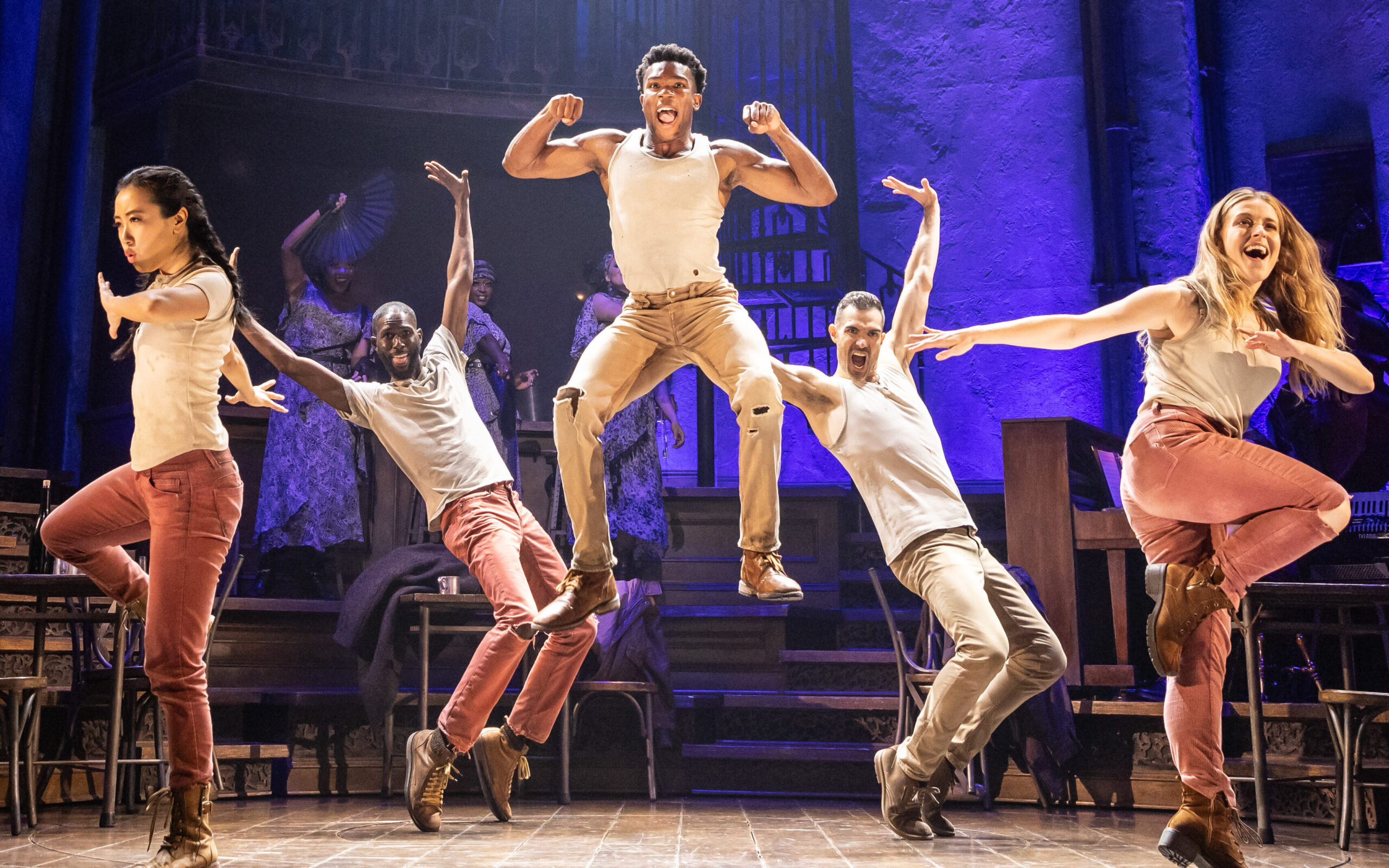
It’s not just the steps that have changed. The role dance plays in musicals has also shifted. “Theater choreography used to be more about literal storytelling,” says longtime Broadway choreographer and director Susan Stroman. “Today the choreography is more about atmosphere, capturing the essence of the emotion that’s happening onstage, whether it’s tension or romance.” She credits Andy Blankenbuehler’s work on Hamilton and Camille A. Brown’s Choir Boy in particular for spurring this development.
This more abstract approach has meant less choreography featuring characters dancing as individuals and more collective ensemble movement, says Stroman. When someone does break out for a solo, “the choreography today has unbelievably interesting and very intricate steps,” Stroman says—a trend that might reflect the distinctive showmanship of social media dance. “Younger choreographers are able to tap into video and TikTok and Instagram, where steps are mostly the stars,” Stroman says.
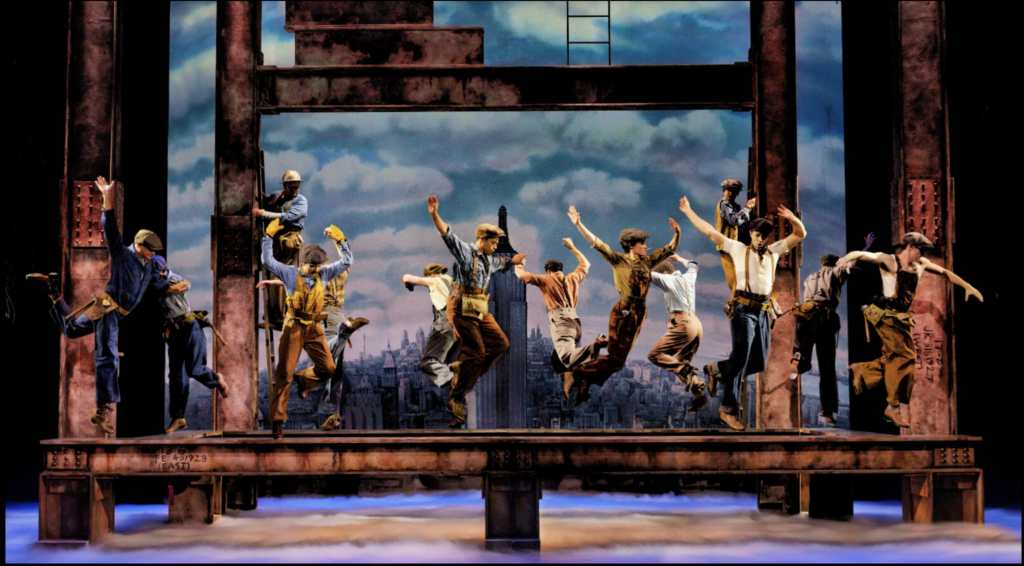
The 2020 sea change also had an impact. Since COVID-19, older audience members—who got used to safer and more convenient entertainment options—have become less-dependable ticket buyers, says Stroman. That means producers are sometimes willing to take a chance on something different, hoping to draw in younger audiences. And following big pushes from social justice movements, producers are also hiring directors from a variety of backgrounds, who are in turn seeking out choreographers from different genres—which is changing the type of movement that ends up onstage.
“We’re telling more diverse stories,” says Ellenore Scott, who choreographed Broadway’s Funny Girl and Mr. Saturday Night in 2022. “We’re using voices that were not heard back in the 1940s, 1950s.”
And a wider array of creative perspectives—both on Broadway and well beyond it—is part of the path to progress. As Neumann says, “An art form is only as strong as the number of voices able to tell stories and speak through their particular weird proclivities.”
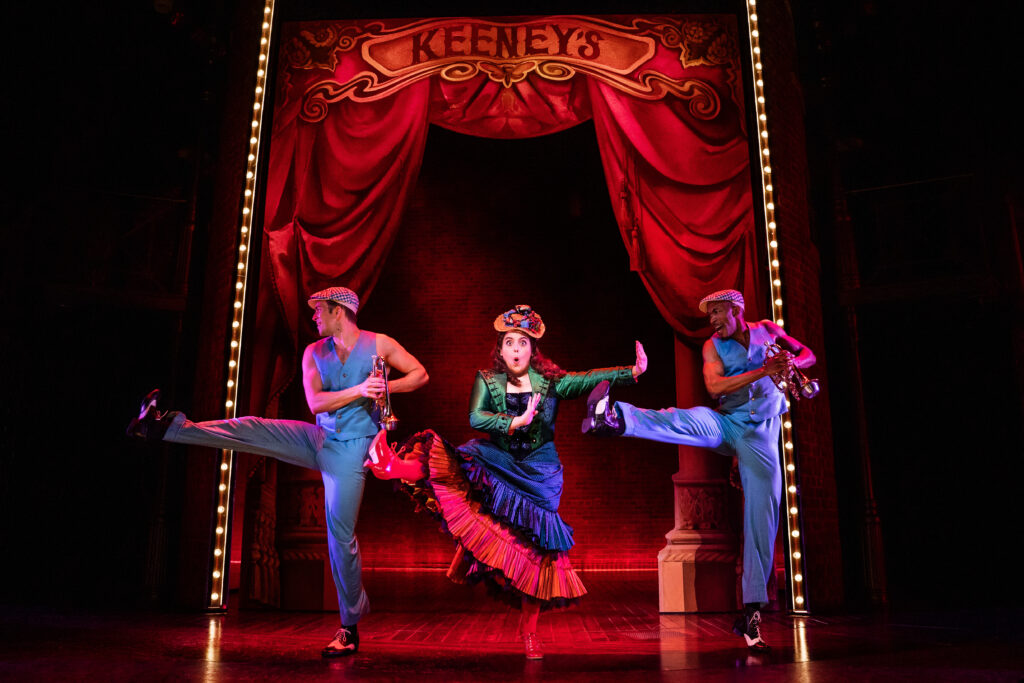
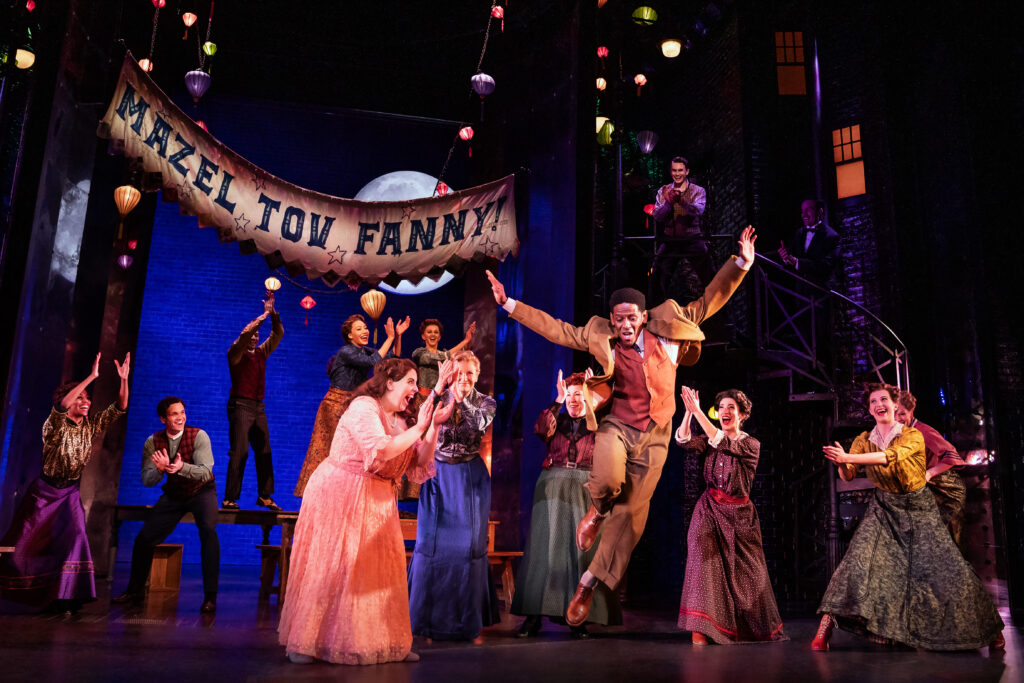
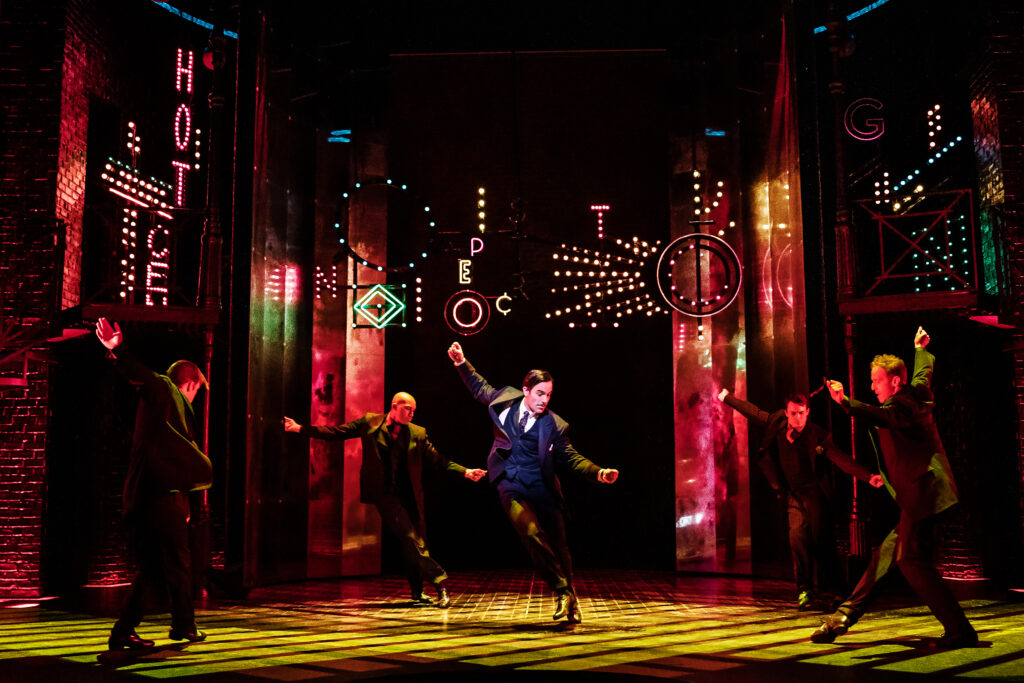
What About Tap Dance?
Tap dance has been an essential component of Broadway dance since the 19th century, and as far back as the late 1700s dancer John Durang brought soft-shoe–style elements to the Great White Way, says historian Ray Miller. By the 1930s, musicals like Anything Goes and the original film version of 42nd Street were chock-full of crowd-pleasing tap numbers. But the iconic genre is no longer an expected staple of new musicals.
“Tap’s role kept changing as musicals changed,” says arts writer Sylviane Gold. “Today, tap can be a specialty number that is thrown into a show with a wink, as a little gift to the audience, even though it’s clearly out of place—as in Aladdin. It can be used as a dramatic element—as when the Irish and Black characters in Paradise Square stage a tap challenge.”
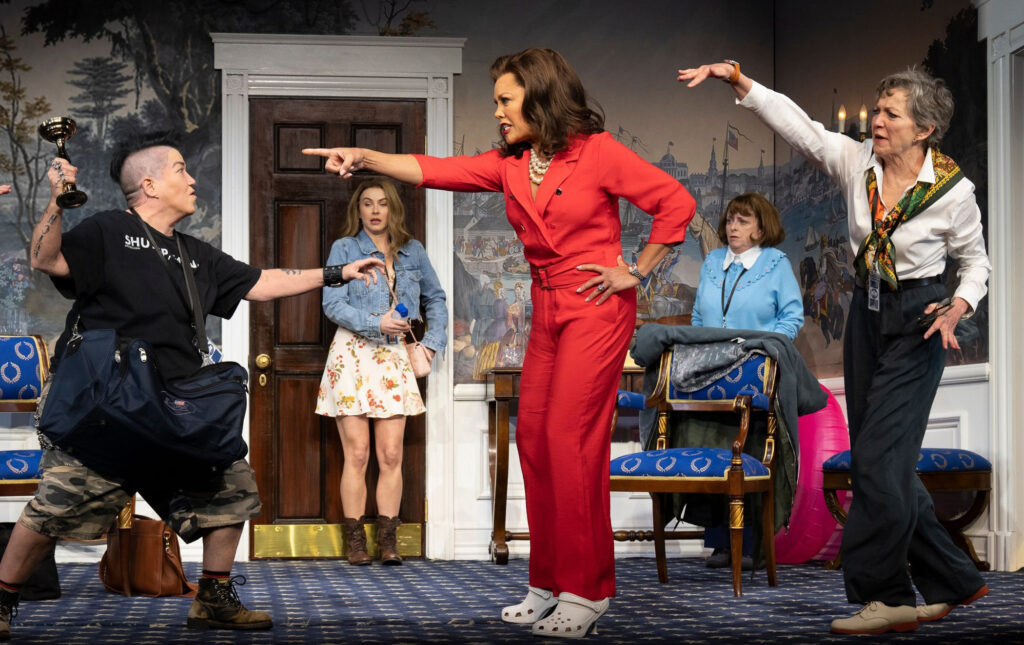
Choreographer Susan Stroman points out that there are fewer big ensemble tap numbers today: “It’s more about the strength of an individual tap dancer coming out and starring in a moment.”
The style of tap has also evolved. The traditional up-on-your-toes choreography is being replaced not only by grounded, hip-hop–inspired hoofing, but also by more complex steps and rhythms. “I think people are starving for more interesting rhythms, a new way to do something that’s old, trying to take something we’re familiar with and flip it on its head,” says Stroman.
Tap dance isn’t going away anytime soon. “As long as there are Broadway musicals, there will be some kind of tap,” predicts Gold. “But it won’t necessarily be performed by an ensemble doing time-steps in dazzling unison.”
Where Could (or Should) Broadway Choreography Go Next?
“I get excited by things like American Utopia that are really off the beaten path. I want choreography to be more inclusive and to say, ‘This can work, and this,’ looking for different ways to share what we think about our experience being alive on the planet.”
—David Neumann,
choreographer
“I would love Broadway to take a chance on the dance narrative, like it did at one time when I was able to do Contact or Twyla Tharp was able to do Movin’ Out.”
—Susan Stroman,
director and choreographer
“Just show me something I haven’t seen before. That’s what excites me. And that’s not to say that it isn’t absolutely wonderful to see something familiar brought to a new level of execution or excellence. But theater is about sitting in the audience and being surprised.”
—Sylviane Gold, arts writer
“I hope that Broadway creative teams take chances on different styles of movement as a way to tell a story. You can have one script and tell it 1,000 different ways depending on how that show is choreographed and staged and directed.”
—Ellenore Scott, choreographer
“Straight plays are beginning to pay attention to ecology, and I’m sure that it will happen on the musical stage, too. We now have the talents and the tools to create musicals that address climate and other environmental concerns. We need more stories to help us to conceive more sustainable ways of being.”
—Ray Miller, historian
